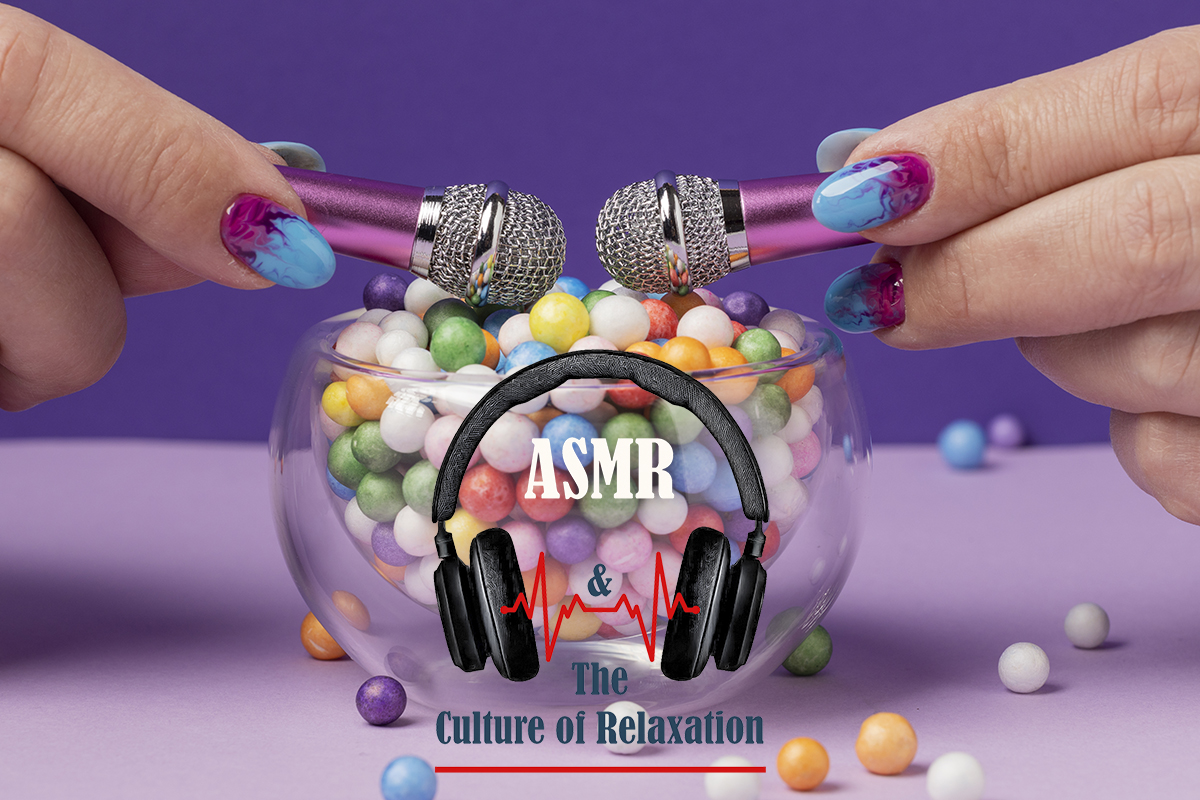Why it’s important to eat the rainbow
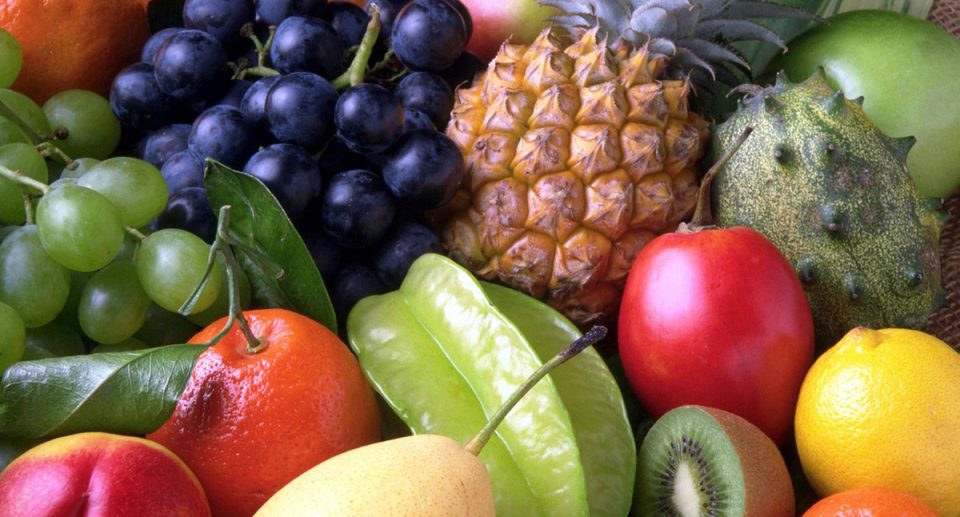
We often hear that we should ‘eat the rainbow,’ incorporating a wide range of colorful fruits and vegetables into our diet. These nutrient-rich foods are packed with vitamins, minerals, and phytochemicals. While we know phytochemicals promote health, we may not fully understand how.
Phytochemicals, or phytonutrients, are compounds in fruits, vegetables, and grains that act as the plant’s immune system, protecting them from disease. When we consume these plants, we benefit from the same protective effects.
Found in the vibrant colors of fruits and vegetables, phytochemicals help guard plants—and humans—from oxidative damage. Each rainbow color represents different types of phytochemicals, which is why eating a variety of colorful produce ensures we get a broad spectrum of disease-fighting compounds.
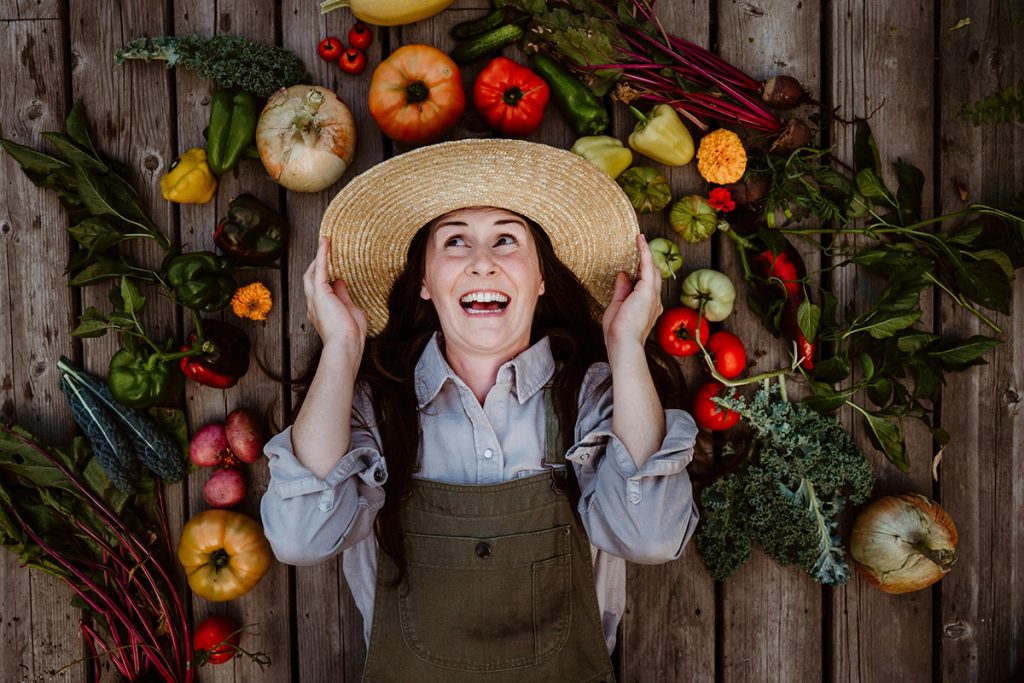
Various types of Phytochemicals
There are hundreds of phytochemicals, each found in different foods and contributing unique benefits to the body. For instance, carotenoids, present in yellow and orange fruits and vegetables, include compounds like beta-carotene and lycopene, with beta-carotene being the most prevalent in our diets.
They’re interesting because carotenoids are stored in our skin, which allows us to easily track our dietary intake.
What are Carotenoids?
Carotenoids act as antioxidants, effectively neutralizing free radicals to prevent cellular damage. An article in the journal Nutrients describes carotenoids as “powerful scavengers of reactive oxygen species.”
They specifically target free radicals that can lead to cardiovascular issues, cancer, and eye disorders.
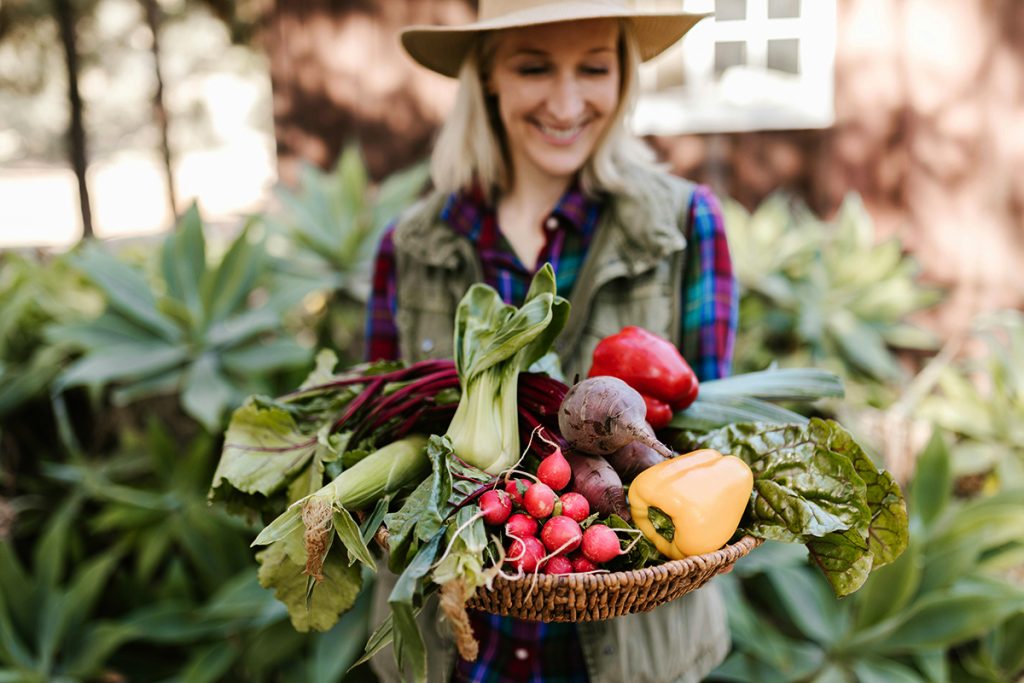
How do Polyphenols benefit the body?
Polyphenols, found in foods like berries, chocolate, wine, and coffee, provide both antioxidant and anti-inflammatory effects. Similar to carotenoids, polyphenols can mitigate the impact of free radicals by scavenging them and donating an electron, making them less reactive and reducing potential harm.
These ‘rainbow’ compounds help maintain healthy blood flow, enhance digestion and cognitive function, lower blood sugar levels, and combat cardiovascular disease and certain cancers.
What are Anthocyanins?
Anthocyanins are the phytochemicals responsible for the purple and blue colors in various fruits and vegetables. As a subtype of flavonoids, they serve as antioxidants that protect against DNA cleavage, which involves breaking the bonds that maintain DNA structure.
These rainbow compounds also boost immunity by increasing cytokine production and reinforcing cell membranes.
Anthocyanins contribute to improved cardiovascular, metabolic, and cognitive health, as well as enhanced exercise performance and reduced cancer risk.
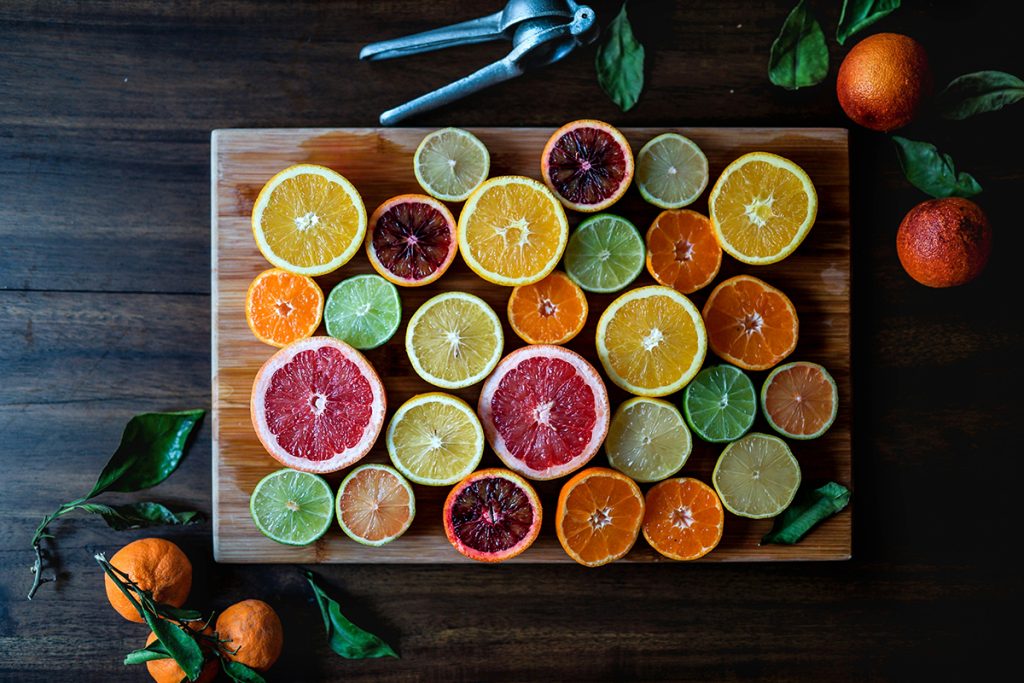
How a plant-based diet strengthens your immune system
If you’re curious about the significance of a plant-based diet and its numerous health benefits, phytochemicals play a major role.
The more you incorporate a plant-based diet filled with rainbow colored fruits and vegetables, the higher your intake of phytochemicals, which act as your body’s natural defense system against aging.
Health experts have identified thousands of phytochemicals, though only a select few have been studied in depth. However, the findings reveal impressive health benefits.
Some well-known phytonutrients include:
- Anthocyanidins from red and purple berries.
- Beta-carotene found in orange and dark green leafy vegetables.
- Catechins present in black grapes, apricots, and strawberries.
- Carotenoids from pumpkins, carrots, and bell peppers.
- Flavonoids found in tea and wine.
- Isoflavones contained in soybeans.
- Polyphenols sourced from cloves, berries, and dark chocolate.
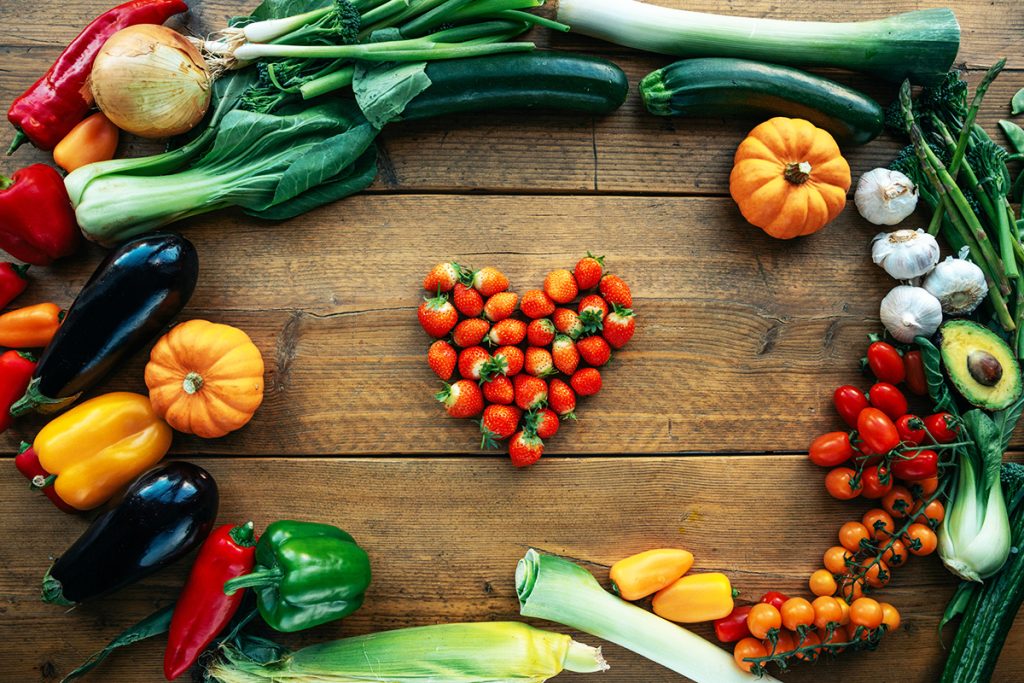
Why it’s important to eat the rainbow conclusion
Phytonutrients give foods their color and smell, though there are still phytochemicals in white foods such as onions and garlic. Eating a colorful, rainbow diet is an easy way to make sure you’re getting all types of phytochemicals.
If you don’t love vegetables or struggle to incorporate them into your meals, then it is recommended to use herbs and spices.
People often forget that herbs and spices have phytochemicals too. They are fragrant and offer a variety of colors. They also have some of the highest antioxidant properties and are easy to add into almost any meal.



